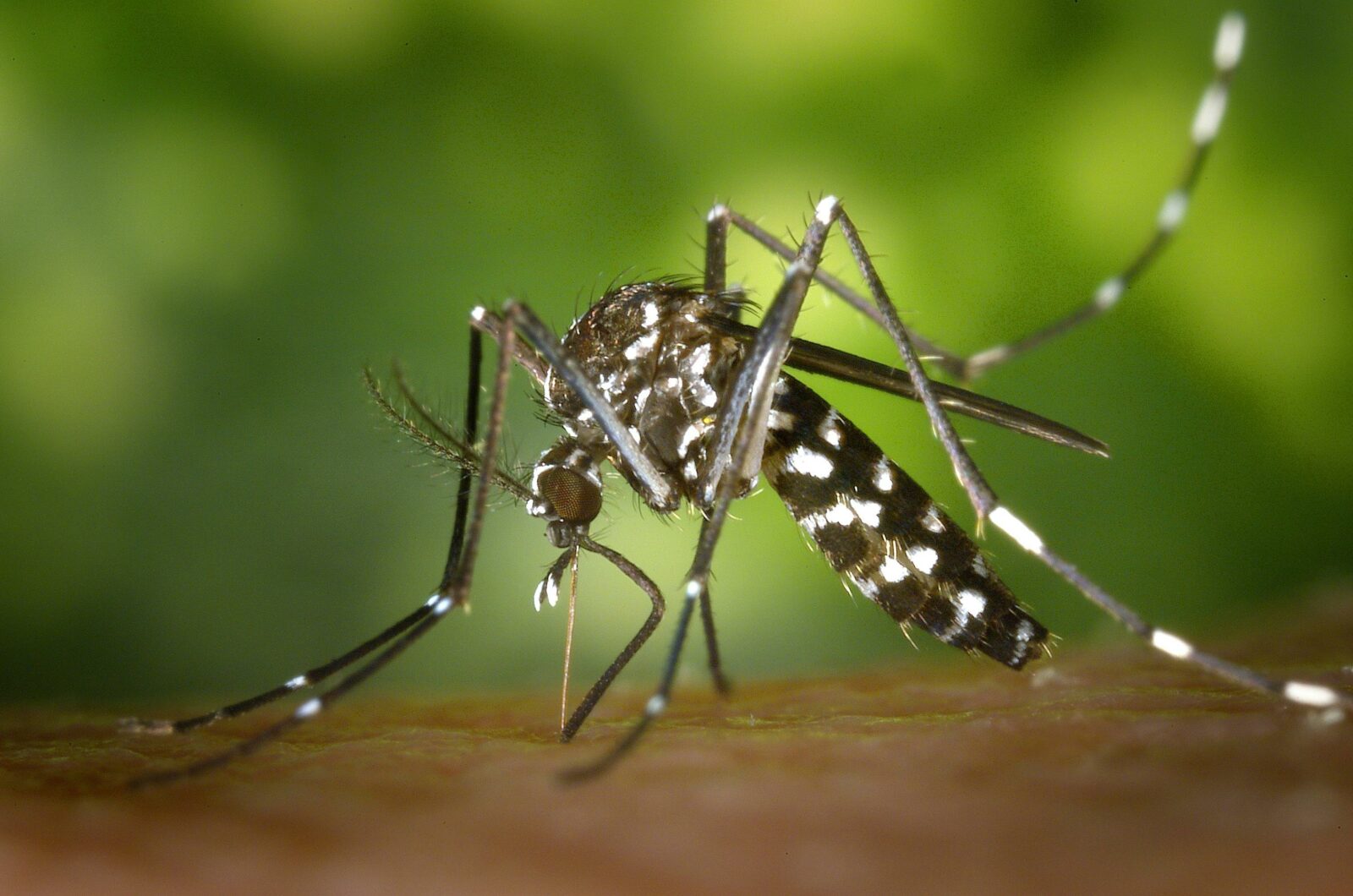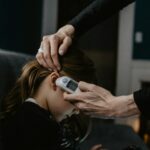Dengue fever is an acute viral infection that spreads from person to person through the bite of mosquitoes. In recent years, there has been an exponential increase in the incidence of dengue fever worldwide. According to the World Health Organization, about half of the world’s population is presently at risk of dengue fever with an estimated 100–400 million infections occurring each year. In Guyana, there were in excess of 8000 cases this year alone, with a few fatal outcomes among them.
Considering the high number of dengue cases worldwide and locally, and the possibility of a deadly outcome, it is imperative that you arm yourself with the necessary facts to gear up against this disease. Here are 10 Key Things to Know:
1. Origin of the Name
The origins of name “dengue” are shrouded in mystery, though several theories exist. One theory is that the word comes from the Swahili phrase “Ka-dinga pepo”, which translates into English as “cramp-like seizure caused by an evil spirit”. Another theory claims a European origin of the phrase, where in a letter written by Queen Luisa of Spain around 1800, she described her suffering from a bout of the illness. Both of these explanations seem to indicate the disease is named after one of its symptoms: tender movements caused by the extreme pain a person suffers from.
Another interesting possibility about the origin of the name is that dengue is an old, Caribbean-island pidgin version of the English word “dandy”. Massive outbreaks of the disease struck Cuba and Barbados in the early 1800s, before jumping to New Orleans. One account given by a doctor at the time claims it was called dandy fever in Barbados “from the stiffened forms and dread of motion in patients.”
2. Symptoms and Signs
Dengue symptoms usually begin 4-10 days after infection and last 2-7 days. Symptoms can range from mild to severe. The most common symptoms of dengue include:
- Sudden, high fever (40°C/104°F)
- Nausea, vomiting
- Severe headaches
- Pain behind the eyes
- Severe muscle and joint aches
- Skin rash (which may appear 2-5 days after the onset of fever)
There are also warning signs to watch out for which may indicate severe dengue. These warning signs generally begin 24-48 hours after the fever goes away.
Warning signs include:
- Pain or tenderness in the abdomen
- Repeated vomiting with dehydration
- Vomiting blood or presence of blood in stools
- Bleeding from gums or nose
- Feeling tired, restless, or irritable
- Giddiness and fainting spells
Severe dengue can be life threatening within a few hours and typically requires urgent admission to hospital for management.
3. The Virus
The virus responsible for causing dengue is called dengue virus (DENV). It belongs to the Flaviviridae family of viruses and has 4 serotypes (DENV-1, DENV-2, DENV-3, and DENV-4). While recovery from infection is believed to provide lifelong immunity against that serotype, cross-immunity to the other stereotypes is only partial and temporary. It is therefore possible to get infected 4 times.
4. The Mosquito
Dengue is transmitted through the bite of the Aedes mosquito infected with a dengue virus, after biting a person who is already infected. The Aedes aegypti species is the main vector that causes dengue, including in Guyana. Zika and chikungunya viruses are also spread by this mosquito.
The Aedes aegypti is most active during the day and tend to bite approximately 2 hours after sunrise and in the evening before the sun sets. The mosquitoes thrive in urban areas close to human population. They prefer to breed in clean, stagnant water, which can often be easily found in the household and neighborhoods. All it takes is a very small amount of water for mosquitoes to lay their eggs. Examples where stagnant water can be found include water bottles, barrels, tanks, old tires or anything that is capable of holding water. Inside the home, adult mosquitoes can be found in dark areas such as closets, under beds, and behind curtains where they are protected from wind, rain, and potential predators.
5. Transmission
There are a couple of ways that dengue is transmitted.
The first is human-to mosquito-to-human transmission. Female mosquitoes become infected when they bite a person infected with the virus. Human-to-mosquito transmission can occur up to 2 days before someone shows symptoms of the illness, and up to 2 days after the fever has resolved. The virus replicates in the mosquito midgut before disseminating to secondary tissues, including the salivary glands. The time it takes from ingesting the virus to actual transmission to a new host is about 8–12 days. This time is influenced by several factors, including ambient temperature, virus genotype, and initial viral concentration. Once infectious, the mosquito can transmit the virus top humans for the rest of its life.
The dengue virus can also be transmitted from pregnant mother-to-child. A pregnant woman already infected with dengue can pass on the virus to her foetus during pregnancy. This increases the chances of pre-term birth, low birthweight, and fetal distress.
Rare cases of transmission via blood products, organ donation and transfusions have been recorded. Also, transovarial transmission of the virus within mosquitoes have also been recorded.
6. Risk Factors
Although dengue is hyperendemic in tropical and subtropical climates worldwide, and mostly in the urban areas, outbreaks can occur anytime and anywhere as long as warm weather conditions favour mosquito survival and the mosquitoes are active. The only continent not affected by dengue is Antarctica.
Urbanization, especially unplanned, is associated with dengue transmission through multiple social and environmental factors, which include population density, human mobility, access to reliable water source, water storage practice etc.
Community risks to dengue also depend on a population’s knowledge, attitude and practice towards dengue, as the exposure is closely related to behaviors such as water storage, plant keeping, and self-protection against mosquito bites.
It’s also important to note that a second infection carries a higher risk of developing severe dengue which can be fatal.
7. Diagnosis
Diagnosing a probable case of dengue fever entails taking into account a person’s relevant medical and travel history as well as their signs and symptoms. There still however may be doubt, because the signs and symptoms can also be attributed to other diseases such as malaria, leptospirosis, and typhoid fever. Laboratory confirmation of dengue infection is done with a blood test to check for the virus or antibodies to it.
8. Treatment
There is currently no specific medicine to treat dengue. If you suspect you have dengue fever, you may manage symptoms such as fever, muscle aches and pains with medication containing acetaminophen or paracetamol. Non-steroidal anti-inflammatory drugs like ibuprofen and aspirin are avoided as they can increase the risk of bleeding.
It’s also imperative that you get plenty of rest, drink lots of fluids, and see a doctor immediately. For people with severe dengue, hospitalization is often needed.
9. Prevention
Making a few home modifications and lifestyle adjustments can help prevent dengue, as all four dengue virus serotypes are spread primarily through the bite of an infected mosquito. Tips to prevent dengue include:
- Wearing long-sleeved shirts and trousers when outdoors
- Applying mosquito repellent, even at home
- Using window screens
- Using mosquito nets (better if treated) if sleeping areas are not screened
- Using coils and vaporizers
- Spraying insecticide in dark corners of your home, including under the bed, behind the sofa, and behind curtains
- Disposing of solid waste properly and removing artificial man-made habitats that can hold water
- Covering, emptying and cleaning domestic water storage containers on a weekly basis
- Applying appropriate insecticides to outdoor water storage containers
So far one vaccine has been approved and licensed in some countries. However, it is recommended only for the age group of 6 to 16 years in high transmission settings. Several additional vaccines are under evaluation.
10. Severe Dengue
While many dengue infections are mild, there are persons who can develop severe dengue, which can manifest in several life-threatening complications. These include:
- Dengue hemorrhagic fever (DHS), when persons can easily bleed into the stomach, joints, muscles, gums, nose and even brain as a result of low platelets and changes in their ability to clot.
- Dengue shock syndrome (DSS), when persons have a significant decrease in their blood pressure, causing them to feel dizzy and faint.
Other complications that have been described include threatening damage to the liver, kidneys and heart.
Without proper treatment, the mortality rate for severe dengue increases significantly. If you are experiencing any of the severe dengue symptoms mentioned above, seek medical attention immediately at your nearest clinic.













